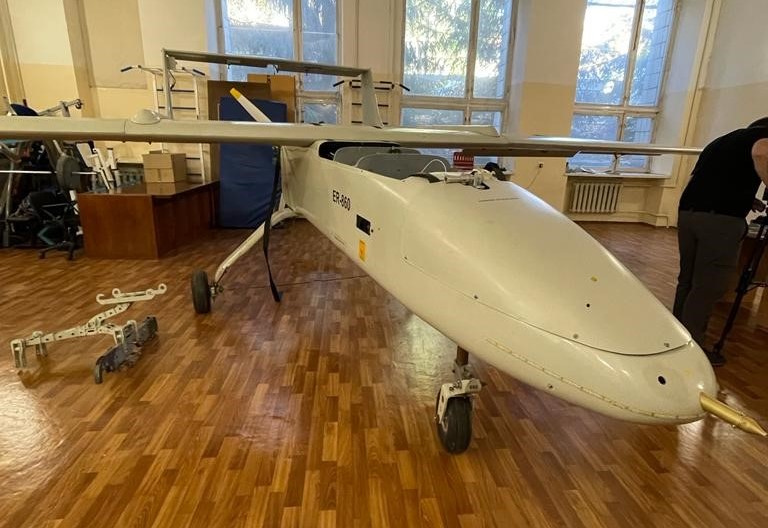By: Yaakov Lappin & Tal Beeri
Iranian weapons currently threaten European countries and are no longer Israel’s problem alone. What happens in the Middle East does not stay in the Middle East…
NATO countries, led by the USA, should act offensively against Iran on Iranian soil and optimize and expand the range of measures (sanctions) that exist today.
In October 2022, a dramatic development occurred in the Russian – Ukrainian war when unmanned aerial vehicles (UAVs) manufactured in Iran were activated by Russia in significant numbers against electricity infrastructure targets and civilian areas in the Ukrainian home front. Russia also launched waves of cruise missiles during this month.
Due to Russia’s difficulties in replenishing its stockpiles of missiles and Russian production lines that are apparently struggling to function properly, Tehran has become a supplier of accurate firepower for various ranges for Russia on a European battlefield. This trend includes reports of Iranian training personnel from the Islamic Revolutionary Guards Corps (IRGC) arriving in Crimea and Belarus.
Several Ukrainian cities were hit by intensive waves of strikes launched by Russia using Iranian weaponry recently. As a result of the Russian attacks in recent weeks, according to Ukrainian government estimates, some 1.5 million homes in the country have been left without electricity, 40% of the electrical grid was damaged, and 30% of the power grid was neutralized. Several Ukrainian civilians were killed in the attacks. The Ukrainian home front sustained substantial damage from these attacks.
In addition, Ukraine claimed that it intercepted tens of Iranian UAVs, though it did not provide details on the types of air defense systems it used to shoot down the threats, and the claims cannot be verified. However, what is clear, and what confirmed images from Ukraine released by Ukrainian defense sources show, is that Shahed 136-type UAVs and Mohajer 6 UAVs were downed.
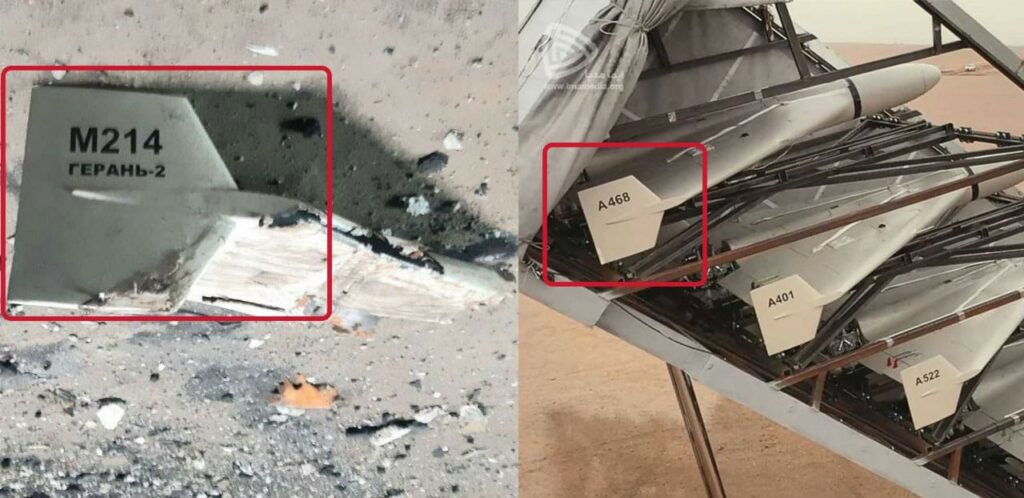

At the time of this writing, the German government began delivering four air defense batteries to Ukraine of the IRIS – T type, while the US is accelerating deliveries of NASAM air defense systems, with both types of systems designed to protect cities and sensitive strategic sites. What is still unknown, however, is their level of suitability to threats like Iranian UAVs and their ability to detect such threats. These capabilities have yet to be tested on the Ukrainian battlefield. The US is also reportedly considering sending HAWK interceptor missiles to Ukraine, according to Reuters, a predecessor to the PATRIOT system.
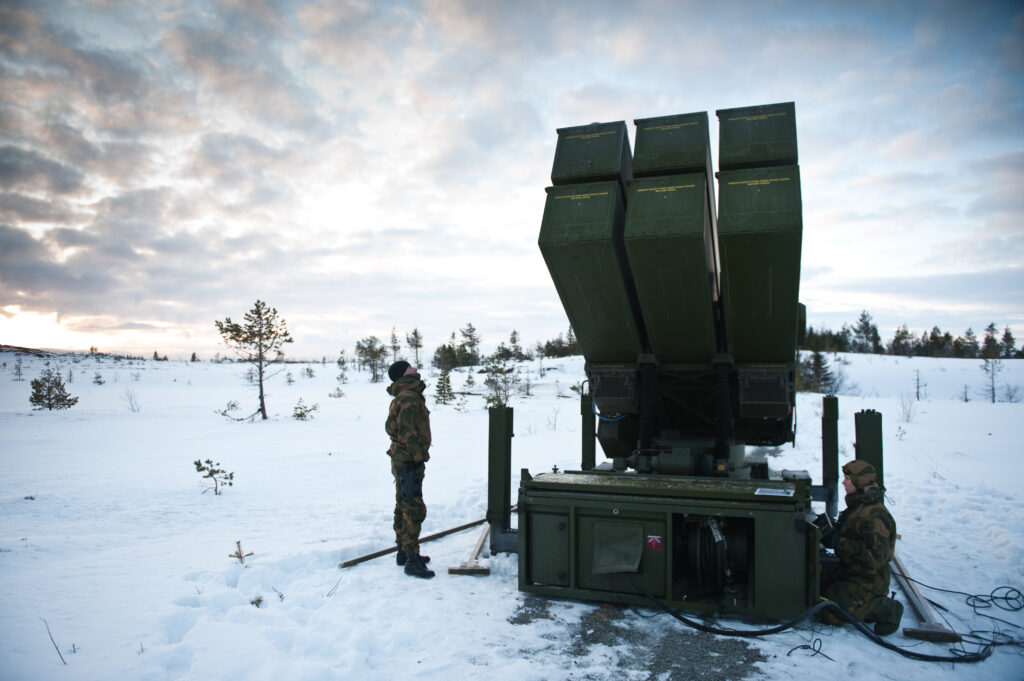
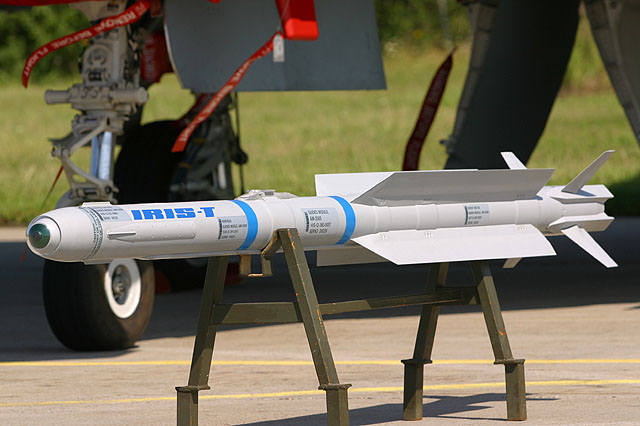
According to various reports, the Russian military has so far received hundreds of suicide Iranian drones of the Shahed 136 type (dubbed Geran 2 by Russia) and Shahed 131 systems (which is essentially an older version of the Shahed 136), and has launched over 100 such systems in October. In addition, Russia has the Iranian-made reconnaissance and attack Mohajer 6 UAV, which is also taking part in the war. Furthermore, Russia has ordered an additional 2,400 Shahed 136 UAVs, according to a statement by the Office of the Ukrainian President, Volodymyr Zelensky.
Already by the start of September 2022, the first reports surfaced regarding Russian activation of Iranian Shahed 136 UAVs against Ukrainian targets, but it was the widespread wave of attacks that occurred on October 16 and 17, employing large numbers of attack UAVs that captured global attention and directed it towards the phenomenon of Iranian weapons transfers to Russia.
According to the Ukrainian Ministry of Defence, further attacks using Iranian UAVs occurred on October 23.
The Shahed 136 belongs to a family of UAVs that was involved in an Iranian assault on Saudi oil facilities in September 2019 which temporarily reduced Saudi oil production by 50%. In addition, a UAV from this family was involved in the deadly Iranian attack on the Mercer Street ship in July 2021 in the Arabian sea, which was owned by an Israeli businessman. Two onboard crew members were killed in that attack.
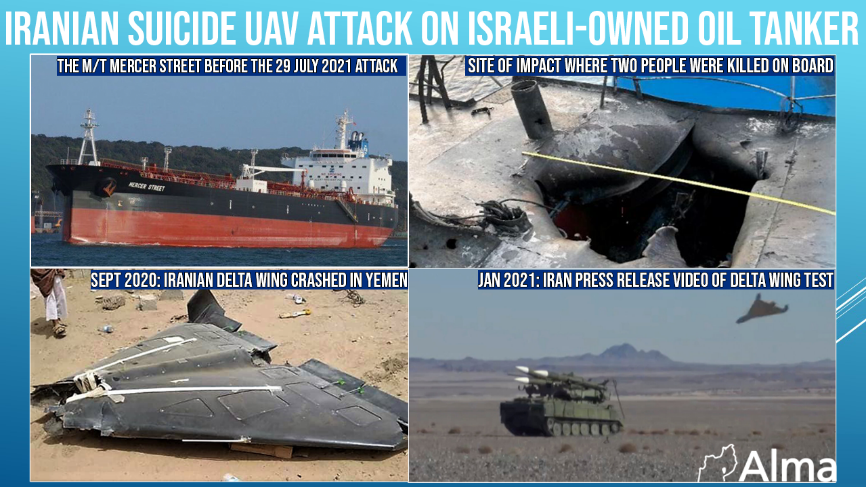

In the photos: The attack on the Mercer Street by a Shahed 136 (upper photo), and Saeed Ara Jani, Commander of the UAV Array in the IRGC’s Aerospace Force (lower photo).
The Shahed 136 is a suicide UAV that weighs some 200 kilograms and can carry an explosive warhead weighing 40 – 45 kilograms. It has a flight range of up to 2500 kilometers, and its speed is 185 kilometers per hour.
The Mohajer 6 is a larger UAV weighing 600 kilograms, and it can gather intelligence on the one hand while launching guided missiles on the other. Its flight range is some 2,000 kilometers. It is important to stress that the Iranian Mohajer 6 is also stationed and active in Venezuela, in the US’s ‘backyard.’
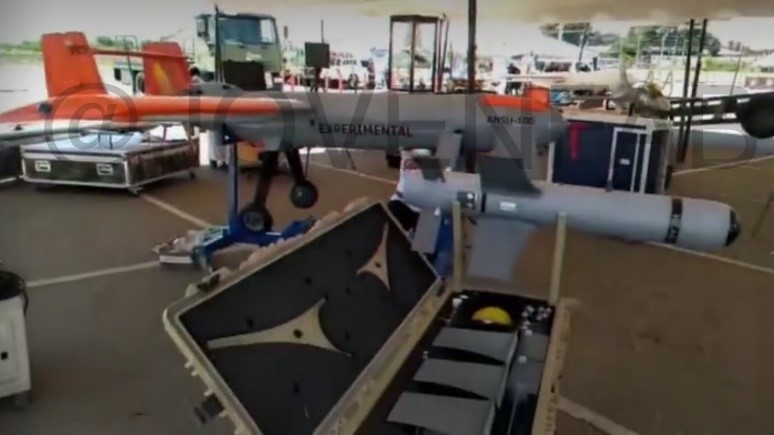
It seems fair to assume that Iran is sending Russian UAVs from its existing stockpiles in IRGC warehouses while also speeding up production lines to manufacture new UAVs in all eight of Iran’s various production centers to meet the massive Russian demand.
The Iranian ‘UAV Army’ includes many thousands of systems that are used to gather intelligence and conduct attacks (by firing missiles, bombs, or through ‘kamikaze’ UAV attacks against surface targets or aerial targets). In addition, they have the ability to transfer cargo from one location to another.
We are aware of some 50 different types of UAVs that the Iranian weapons industry has developed so far, at least, which are divided into nine families/production series. Thus, in our assessment, the Russians will not suffice with just the Shahed 136 and the Mohajer 6, and the Iranians will probably supply them with additional types of UAVs.
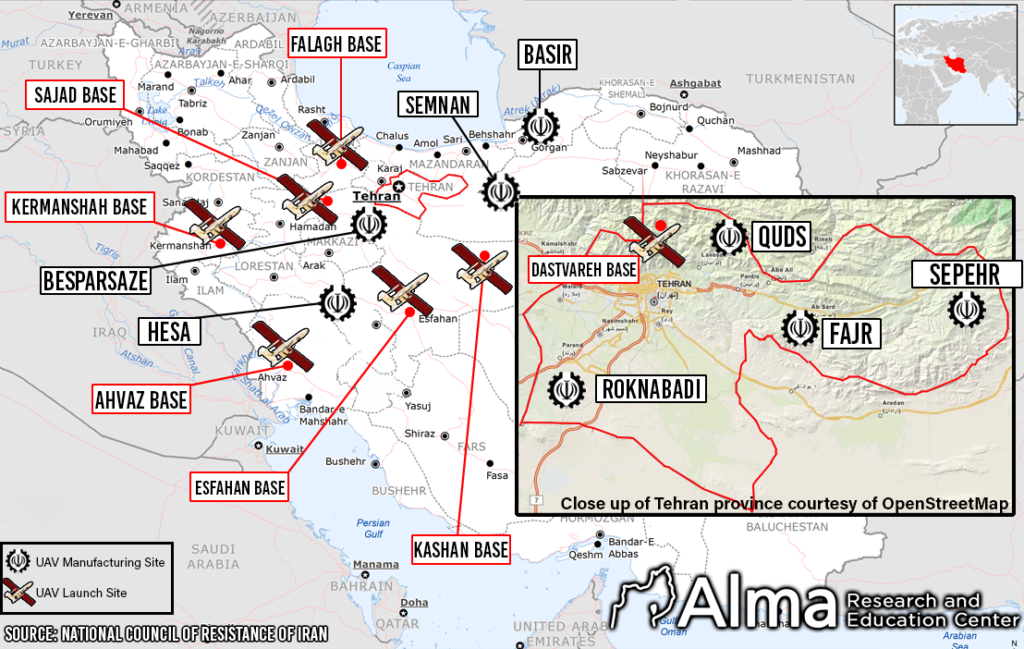
The ability of Russia to target critical infrastructure in Ukraine using these cheap platforms, which fly at low altitudes and at low speeds (thereby challenging the detection abilities of many radars), constitutes a severe warning to the State of Israel and Sunni-Arab states that are also in the crosshairs of the radical Iranian-Shi’ite axis.
UAVs of these types are certainly in the arsenal of Hezbollah in Lebanon, which according to the Alma Center’s assessments, has some 2,000 UAVs in its inventory, most of which are produced in Iran, and some made domestically by Hezbollah based on Iranian models.
The threat posed by the Iranian ‘UAV army’ is expressed in the scope of the arsenal, deployment, accessibility, and relative simplicity of the ‘UAV army’ that is in possession of Iran’s proxies and partners, in Lebanon (Hezbollah and Hamas), Syria (Hezbollah and Shi’ite militias), Iraq, (Shi’ite militias), Yemen (Houthis), and the Gaza Strip (Hamas and Palestinian Islamic Jihad).
Israel has the most advanced multi-tier air defense system in the world, and yet, one must not trivialize the threat of swarms of Iranian-produced UAVs launched at strategic targets in Israel, such as key targets in the electrical supply system – as we have already seen happen in Ukraine – seaports, Ben Gurion International Airport, and government institutions.
According to media reports, in addition to the UAVs, Russia intends to purchase solid-fuel ballistic missiles from Iran of the Fateh 110 and Zolfaghar types.
The Fateh 110 missile was first unveiled in 2001 and has a standard range of up to 350 kilometers, with a 500-kilogram warhead, which is sufficient to destroy entire buildings. There are variants of the Fateh 110 that also reach ranges of 500 kilometers. The missile is in possession of Hezbollah in Lebanon, and it constitutes a focal point for the ‘precision-guided missile project’ that Hezbollah is engaged in, with Iranian support and instructions. The objective of that project is to convert statistical ballistic projectiles into precise missiles that can maneuver in mid-flight.
The Zolfaghar missile, which was unveiled by Iran in 2016 as a maneuvering missile, belongs to the Fateh 110 family but has a more significant range of up to 700 kilometers due to its lighter weight and smaller warhead.
In the area of missiles, we also doubt that the Russians will make do with these two missile types alone, assuming that the combat in Ukraine continues. Similarly to the UAV industry, the Iranian ballistic missile industry is highly developed and is able to offer a rich and varied portfolio of strike capabilities.

Iran realized that it could not provide a military reply across the Middle East in general and against Israel through an air force that operates fighter jets. It, therefore, strove to develop, over the past decades, two alternatives: The first is an array of precise surface-to-surface missiles. The second is the ‘UAV army.’ Both of these alternatives enable Iran to possess a long operational reach, which can target any location in the Middle East. As is well established, what happens in the Middle East does not stay in the Middle East, and the main evidence of this is the widespread Russian usage of the Iranian ‘UAV army’ in the first stage and in the likely second stage, Iranian surface-to-surface missiles.
The emergence of Iran as a supplier of firepower in Europe raises several urgent dilemmas for Israel.
Firstly, the current Israeli government has already decided to reject a renewed Ukrainian request to supply it with advanced Israeli air defense systems to deal with Iranian weapons.
During a conversation held between Israeli Defense Minister Benny Gantz and his Ukrainian counterpart, Gantz stated that Israel would help Kyiv develop a national alert system that would be based on the IDF Home Front Command’s Color Red system but rejected the request for operational systems. It appears as if Israel has, for now, decided to prioritize the goal of optimizing its operational conditions in Syria and is guided by the lack of a desire to ‘aggravate the Russian bear’ in next-door Syria in order to allow Israel’s campaign between the wars to continue against Iranian activities with minimal disruptions.
However, there are a number of reasons to doubt the logic of this decision.
The Israeli desire to avoid an unnecessary confrontation with Russia in Syria rested on reasonable strategic logic as long as it was possible to identify a gap between Russian and Iranian interests in Syria. From 2015 onwards, when Russia entered the Syrian war as the supplier of air power, while Iran managed the ground campaign to rescue the Assad regime, it was possible to identify cracks in this partnership, which grew after Assad’s victory in the war.
While Iran wanted to exploit Assad’s victory to strengthen the Shi’ite axis in Syria by entrenching itself militarily and building a war machine on Syrian soil against Israel as an extension of the Lebanese front, Russia searched for stability in Syria and to use the country to project Moscow’s power as a global power, in a similar manner that the Soviet presence served Moscow in Syria in the 20th century.
Today, the strategic situation in Syria is expected to change due to the growing dependence of Russia on Iran – a dependence that contains clues regarding likely changes to the status quo in Syria.
It is fair to assume that Russia will pay Iran for the important firepower it has received, not only through hard currency or through the supply of Russian fighter jets in the future to Iran but also by granting more freedom of maneuver to Iran in Syria at the expense of explicit Israeli interests – and this is likely to happen without any connection to steps Israel does or does not take in Ukraine.
This scenario was touched upon by Defense Minister Gantz on October 24, who stated during a speech that “in light of the influence of the war in Ukraine, one must take into account a closer relationship between Russia and Iran, which could grant Iran a diplomatic umbrella in the UN Security Council, provide economic boosts [for Iran], and compensation in other sectors like Syria and Lebanon.”
As a result, it is worth reconsidering Israel’s rejection of supplying Ukraine with military air defense systems, such as Rafael’s Spyder, for example, a highly advanced mobile system that is well designed to deal with Iranian UAV threats.
At the same time, one must take into account a separate risk of providing such capabilities in the form of an information or technology leak due to the possibility of them falling into Russian hands during combat and from there to the hands of Iranian regimes – a danger that cannot be easily waved away.
As a result, an additional option is worth examining, which could enable Israel to position itself firmly on the Western side of the new global equation while also potentially recruiting the US and NATO to a joint grey zone campaign against the Iranian axis.
This potential action path is based on the idea of a joint campaign aimed at disrupting and disturbing the supply of Iranian UAVs and missiles to Russia – a maneuver that would harm Iran’s dangerous weapons supply network and which would also help Ukraine avoid deadly future strikes through the activation of Iranian weapons by Russia.
This joint campaign could be conducted through continuous attacks (of any kind) on UAV and missile production facilities and storage centers on Iranian soil based on an accurate and continuous intelligence picture.

